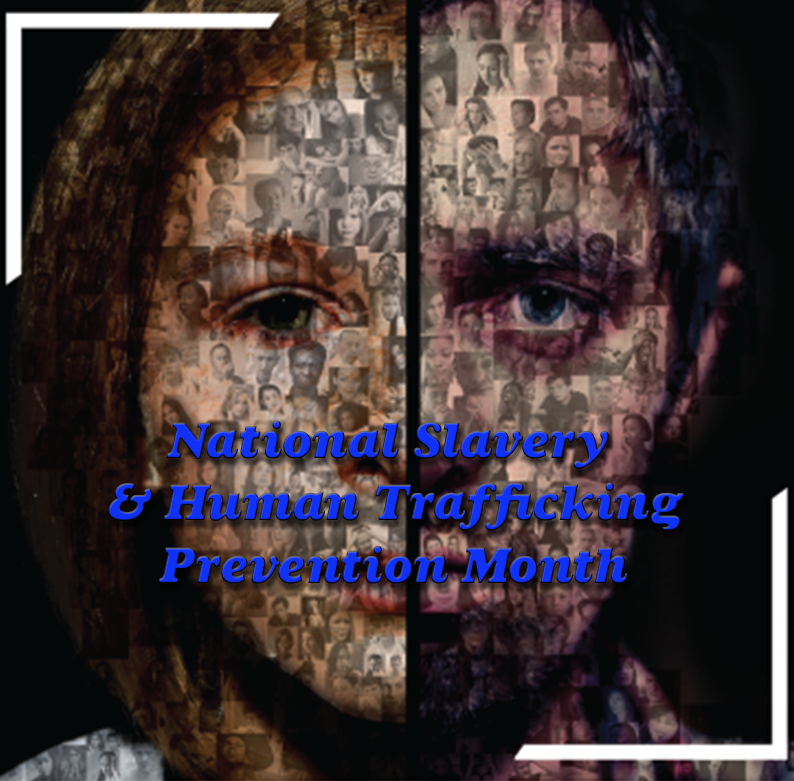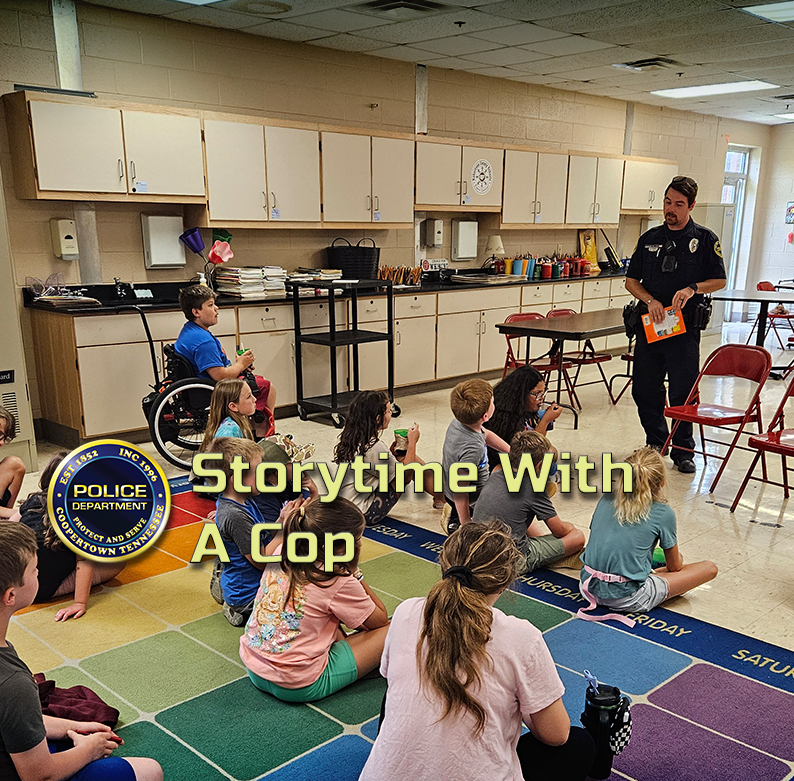On January 4, 2010, the President of the United States proclaimed January to be National Slavery and Human Trafficking Prevention Month. The President cited that the victims of modern slavery come in a number of different forms. There are men and women among them, adults and children. All are, however, deprived fundamental human dignity and liberty. Victims may be abused in their own nations or find themselves in dangerous situations distant from home. Human trafficking victims cannot walk away from forced sexual or labor exploitation; instead, they are held in service by force, intimidation, and fear. They are often subjected to horrific physical and sexual abuse, making it difficult for children to fathom a safe haven (Proclamation No. 8471, 2010).
What is Human Trafficking?
Human trafficking is the illegal use of force, deception, or coercion to gain labor or a commercial sex act. Millions of men, women, and children are trafficked every year all across the world, including right here in the United States. Victims might be of any age, ethnicity, gender, or nationality, and it can happen in any community. To attract victims into trafficking situations, traffickers may employ violence, deception, or false promises of well-paying jobs or personal relationships (U.S. Department of Homeland Security, n.d.-b).
Missing & Exploited Children
Coopertown Police Department has added a feed from the National Center for Missing & Exploited Children (NCMEC) to the department’s website, highlighting missing and exploited children, in hopes of bringing these children home and finding closure for their loved ones. [click here to view the feed] The NCMEC is a private, non-profit 501(c)(3) organization whose aim is to assist in the search for missing children, the prevention of child sexual exploitation, and the reduction of child victimization. NCMEC collaborates with families, victims, private industry, law enforcement, and the general public to help prevent kidnappings, recover missing children, and provide assistance to deter and combat child sexual exploitation (NCMEC, n.d.).
#WearBlueDay – January 11
The Blue Campaign is a national public awareness initiative that aims to teach the general public, law enforcement, and other industry partners how to spot the signs of human trafficking and how to respond correctly in situations of suspected human trafficking. Every year on January 11th, National Human Trafficking Awareness Day is observed. Blue Campaign is hosting a social media campaign called #WearBlueDay to commemorate this significant day. Blue Campaign invites individuals to snap photographs of themselves, friends, family, and coworkers wearing blue clothing and share them on social media with the hashtag #WearBlueDay to raise awareness of human trafficking (U.S. Department of Homeland Security, n.d.-a)
References
National Center for Missing & Exploited Children (NCMEC). (n.d.). About us. https://www.missingkids.org/footer/about
Proclamation No. 8471, 75 F.R. 1267 (2010, January 4). National slavery and human trafficking prevention month. https://www.federalregister.gov/documents/2010/01/08/2010-313/national-slavery-and-human-trafficking-prevention-month-2010
U.S. Department of Homeland Security. (n.d.-a). About blue campaign. https://www.dhs.gov/blue-campaign/about-blue-campaign
U.S. Department of Homeland Security. (n.d.-b). What is human trafficking? https://www.dhs.gov/blue-campaign/what-human-trafficking
U.S. Department of Homeland Security. (n.d.-c). Faces of human trafficking awareness poster [Image]. https://www.dhs.gov/sites/default/files/publications/blue-campaign_faces_poster_english.pd
U.S. Department of Homeland Security. (2016, May 16). Tools that teach: What is human trafficking? [Video]. https://www.youtube.com/watch?v=35uM5VMrZas



